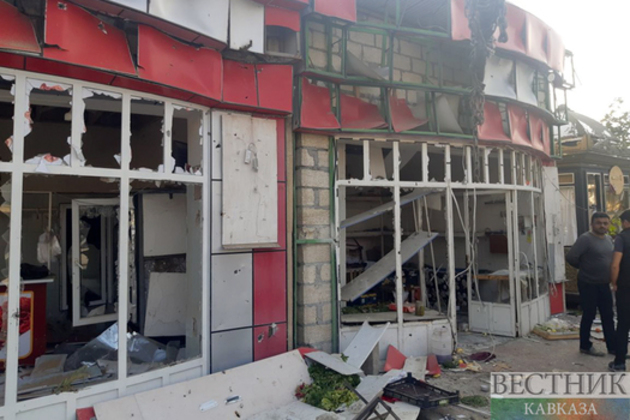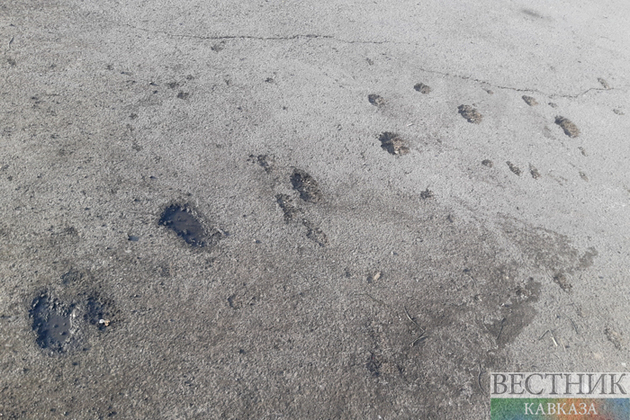Human Rights Watch said that Armenian Armed Forces either fired or supplied internationally banned cluster munitions and at least one other type of long-range rocket used in an attack on Barda city, according to the statement posted on the organization's website.
Human Rights Watch analyzed photos of cluster munition remnants taken by international and local journalists and residents at and near the attack scene. It identified two of the weapons as a Smerch cluster munition rocket and a Smerch parachute-retarded high-explosive fragmentation rocket. As far as Human Rights Watch is aware, Armenian forces possess Smerch multi-barrel rocket launchers. It is therefore likely that Armenian forces carried out the attack. Armenia should immediately cease using cluster munitions, the report said.
"There’s a reason these brutal weapons are banned by an international treaty, and using them in a city center shows flagrant disregard for civilian life and international law. All countries should condemn using cluster munitions in the war over Nagorno-Karabakh and urge to stop using them," senior crisis and conflict researcher at Human Rights Watch Belkis Wille said.
Human Rights Watch reviewed six videos and 28 photographs taken from the scenes of the attack and shared directly with researchers, as well as posted on social media. Human Rights Watch was able to verify the locations of two of the sites attacked by matching key landmarks in the photographs and videos with satellite imagery. One of the locations confirmed was less than 100 meters from Barda Central Hospital, the city’s largest fully functioning hospital.
Remnants of the distinctive warhead section of a Smerch cluster munition rocket and parts of unexploded 9N235 submunitions are visible in the pictures. They also show the remnants of another type of Smerch rocket that uses a unitary blast-fragmentation warhead with a parachute to control its descent before detonating above-ground. The blast and fragmentation damage at the attack scenes and the victims’ visible wounds are consistent with the blast and fragmentation effect from these weapons.
"Cluster munitions are banned under an international treaty because of their widespread indiscriminate effect and long-lasting danger to civilians. They typically explode in the air and send dozens, even hundreds, of small bomblets over an area the size of a football field. Cluster submunitions often fail to explode on initial impact, leaving duds that act like landmines," the organization stressed.
On October 28, the Azerbaijani city of Barda was subjected to a massive missile attack by the Armenian armed forces. As a result of a missile strike, 16 men and five women were killed the day before, another 70 people, including eight children and 15 women, were injured of varying severity. On October 27, Barda region was also attacked with Armenia's reactive missiles, four people were killed, including a 7-year-old girl, 14 people, including 4 children, were injured.
The Armenian armed forces committed a large-scale provocation, subjecting the positions of the Azerbaijani army to intensive shelling from large-caliber weapons, mortars, and artillery installations of various calibers in the front-line zone on Sept. 27 at 05:00 (Msk). The command of the Azerbaijani Army decided to launch a counter-offensive operation of Azerbaijani troops along the entire front to suppress the combat activity of the Armenian armed forces and ensure the safety of the civilian population. To date, Fizuli and Jabrayil districts, including the cities of Jabrayil and Fizuli, the city of Zangilan and part of Zangilan district, part of the Gubaldi region, the city of Gubadli, the city of Hadrut and a number of villages in the Khojavend region, the villages of Sugovushan and Talish in the Terter region, as well as the strategically important Murovdag mountain were liberated.







